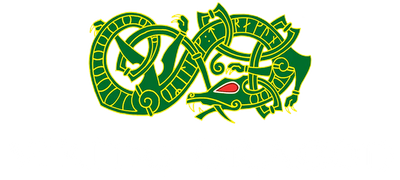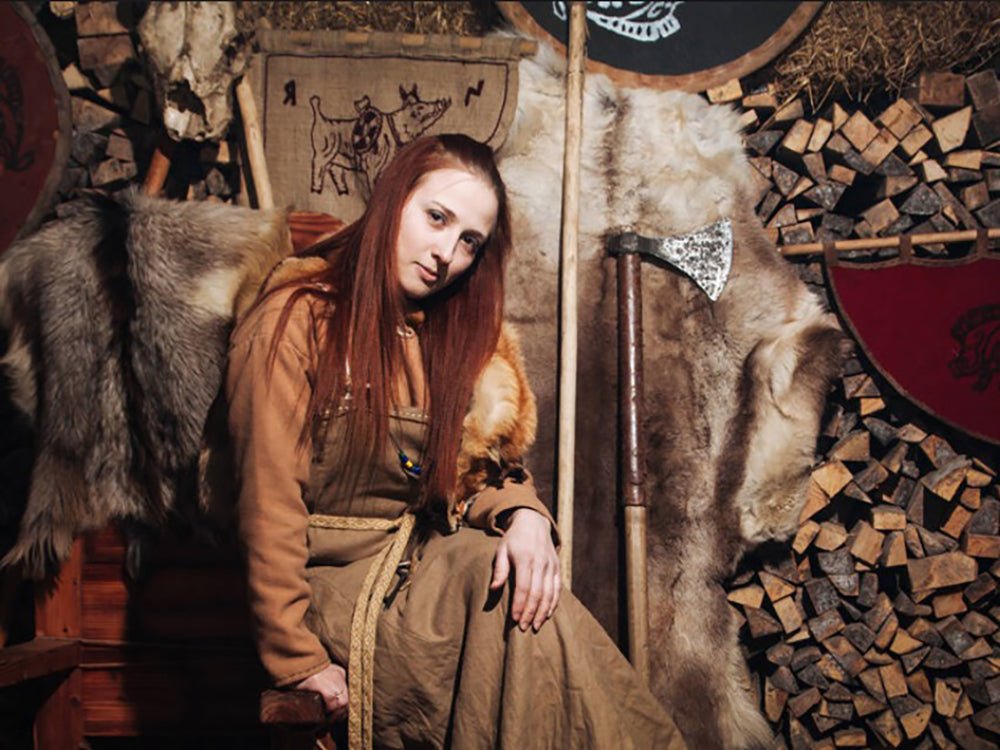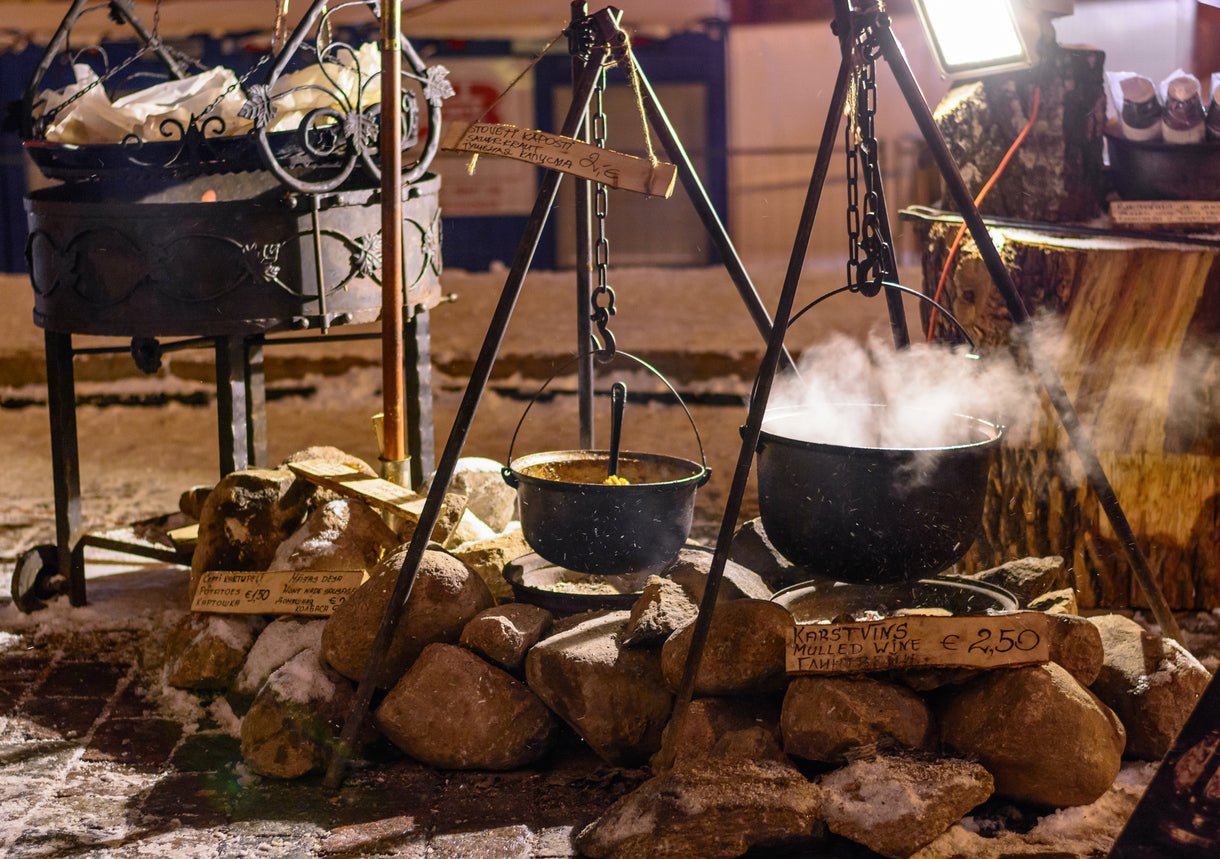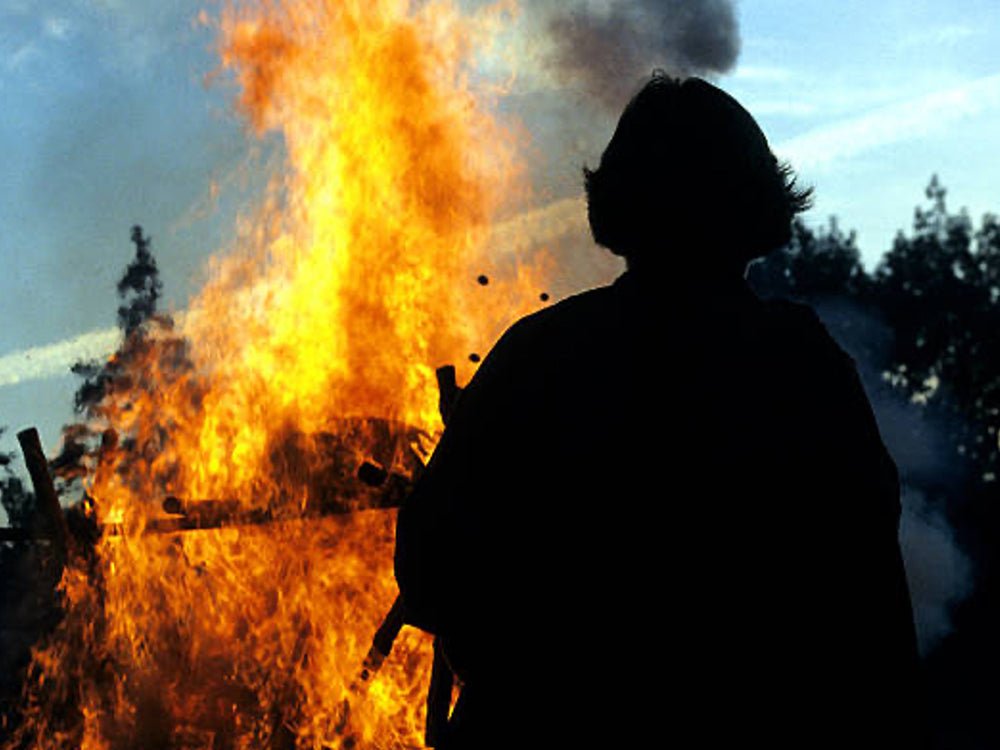A Day in the Life of a Viking Woman

The Middle Ages were not an easy time to be a woman. For a society that’s gone down in history for its raids and invasions, you might think that Viking women would have had little power over their menfolk. On the contrary, Norse society was one of the most equal in Europe, affording women significant power over various aspects of life.
Of the Viking women you might have heard about before, most are probably great queens or mythical heroines. While the legendary Valkyries, fighters like Lagerta or Freydis and the magnificent Oseberg Queens certainly lead fascinating lives (and might even deserve their own blog posts), let’s look right now at the life of the average Viking woman.
Meet Bodil, a Viking woman living in the Orkney Islands during the 10th century. Let’s take a look at a day in her life to see what responsibilities, opportunities and difficulties women like her faced in Norse society.

The Mistress of the Farm
We meet Bodil one morning in early summer. Her husband has recently left on a trading voyage to Ireland, leaving her in charge of the farm. Her sons will work the land in his absence, while she’ll take responsibility for the livestock. Thus, her first task of the day is in the cow shed, a small outbuilding beside the longhouse. She milks her modest herd and takes the produce to the dairy next door where the morning’s labour begins in earnest.
Dairy products made up a significant part of the Viking diet, and it’s likely that making butter, cheese and yoghurt was primarily a woman’s responsibility. While she churns the milk to make butter, she instructs her daughter on how to extract the whey from the milk by heating it in a pan, the first step in the five-week process of making cheese. As a mother, it’s important that she teaches her daughter how to run a farm herself one day. Afterall, she could be married in just a few short years.
On her way back to the longhouse, Bodil stops to collect honey from the beehive in the eaves on the tool shed. She can keep that honey to trade with a young couple who are getting married in the Autumn. They’ll need as much as they can get their hands on if they’re going to have enough mead to go around the entire village.
The Homemaker

Most of a woman’s time during the Viking age was spent in the home. A typical Viking longhouse consisted of one single room, where all the day's activities, from cooking to sleeping to socialising, would be performed side-by-side.
When Bodil returns to the longhouse, her mother-in-law is preparing the meat and vegetables for the evening stew. With food already being taken care of, Bodil dedicates the next few hours to the task of spinning wool from their flock of sheep into yarn. She takes the rough wool, which she cleaned and dried the day before, and spins it into yarn using a spindle stick. Later, she can weave this yarn into woollen cloth on a loom or knit it into small garments like socks.
Textile making was one of the main responsibilities of a Viking woman, and it could be extremely labour-intensive. Alongside wool, the main fabric that had to be produced was linen, which was made by planting flax seeds and growing them into flax plants. Once mature, the plants were then cut, and harvested plants were processed by a combination of soaking the stems in water (to allow the stem fibers to separate from the stems by partly decaying the stems), then separating the fibers by beating them and combing them out so they can be spun into linen thread. This thread can then be used for weaving linen fabric as well as for sewing or other needs. Though she can buy or trade a few more complex items, such as shoes or tools, from artisans in the village, almost everything that Bodil and her family use in their daily lives are made at home. It’s a lot of work, so she’s glad she has her daughter and mother-in-law around to help her.
Women in Society

When evening begins to fall, Bodil’s friend Solveig and her daughter come over for a catch-up. The girls are sent out into the woods to gather fruits and berries, while the women sit in front of the hearth, get started on some light sewing, and spend time together as friends.
The two met years ago on the ship from Norway when their families uprooted from Scandinavia to find more fertile farmland than was offered in their mountainous home region. Though historians had previously thought that only Viking men took part in voyages, we know now that it was not uncommon for entire families to migrate across the seas, women and children included.
Solveig has been going through a difficult patch recently. Having divorced her husband just a month ago, she and her children were now living with her brother until he could find a suitable man for her to remarry. Compared to other regions of Europe, Viking women were quite powerful in that they could request to leave their husbands simply by calling a witness to their home and declaring that they wanted a divorce. The marriage contract usually stipulated how their property would be divided in such a case, and some women were even able to claim back their dowries.
A Mother and Educator

Nighttime is family time in Bodil’s household. As the women of the household, she and her mother-in-law share an important role as the moral and spiritual leaders of the family. With her children gathered around the fire, she tells stories about the Norse gods and Viking heroes. Norse men and women had a large pantheon of gods to remember, as well as a litany of other supernatural beings, so teaching the younger generation the crucial stories and beliefs of the community was a vital job for a mother.
While men are better known as storytellers in the Viking age through the cultural contributions of Skalds (bards), Viking women were also experienced storytellers as they kept the oral tradition alive in the home. That’s not to say that there were not female skalds alongside their male counterparts, but as women’s main domain was in the home, the home is where you’ll find the average Viking woman flexing her storytelling muscles.




